Showing 16-30 of 145 results
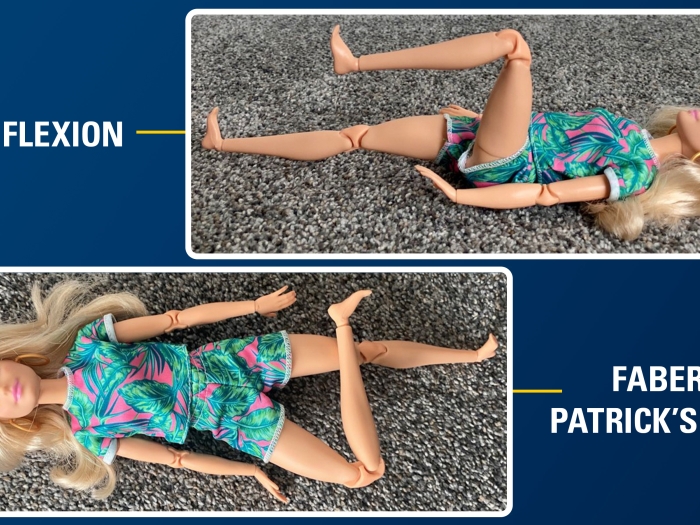
Health Lab
At the University of Michigan Health C.S. Mott Children's Hospital, one physician found a way to help pediatric patients demonstrate different joint movements using a Barbie doll.

Health Lab
A new collaborative study, examined the interaction between three naturally occurring gases — nitric oxide (NO), oxygen, and H2S — during generation of new blood vessels, called angiogenesis.
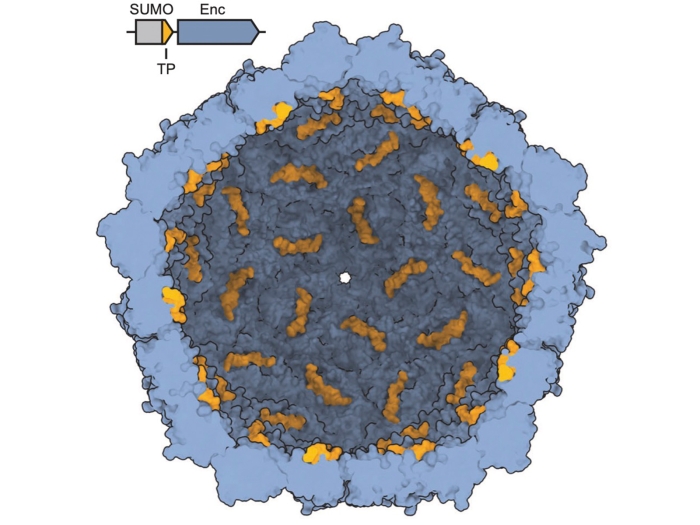
Department News
The Giessen lab publishes a research article in Nature Communications.
Department News
An article about a program to promote faculty diversity co-authored by Ruma Banerjee and two research articles by Banerjee lab members and their U-M collaborators have come into view this week.
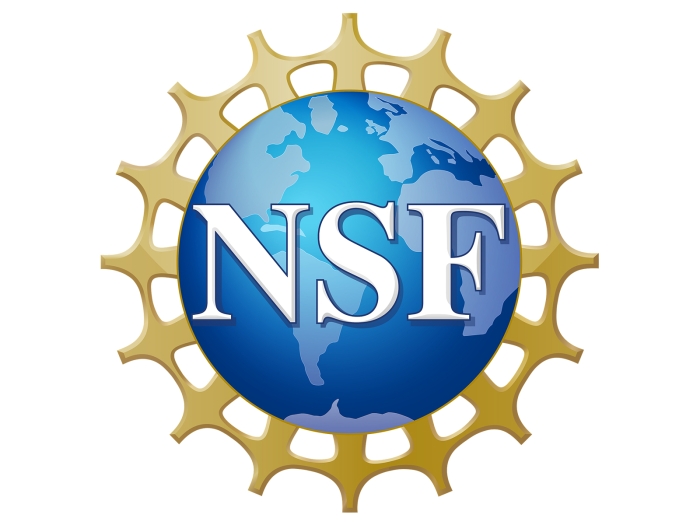
Department News
Assistant Professor Yan Zhang of the Department of Biological Chemistry at U-M Medical School is the recipient of an NSF CAREER award.

Health Lab
Measles: 10 things to know about immunization and prevention
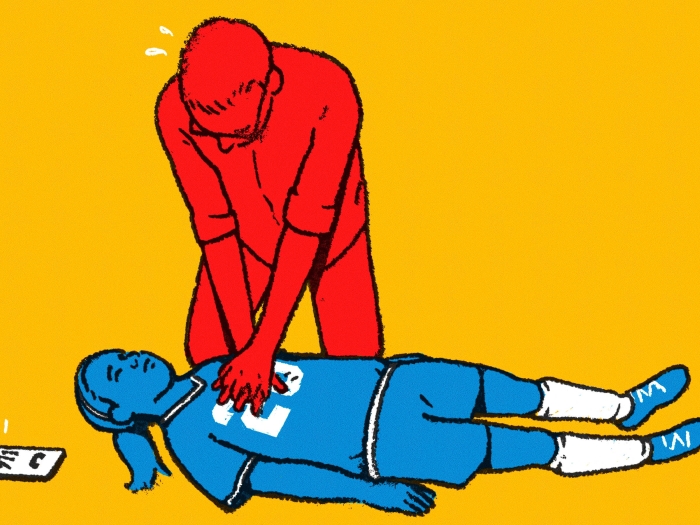
Health Lab
Sudden cardiac arrest in young athletes: 5 things parents should know
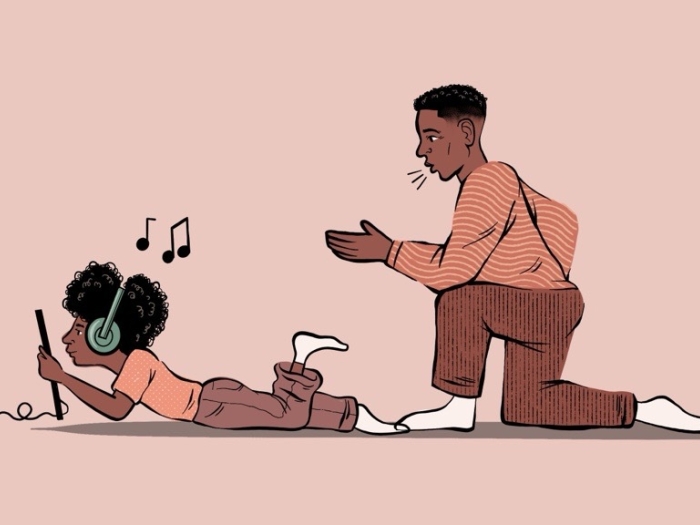
Health Lab
2 in 3 parents in national poll say their child ages 5-12 use personal audio devices; pediatrician offers 4 tips to reduce noise exposure risks
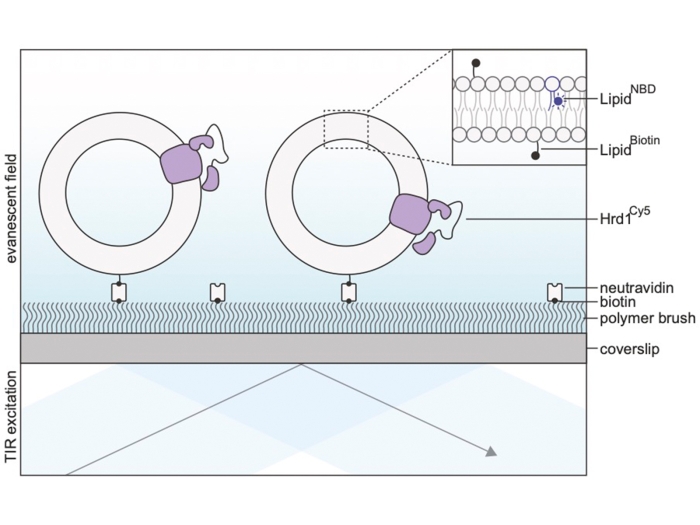
Department News
PhD student Basila Moochickal Assainar is the first author of a research article in Nature Communications.
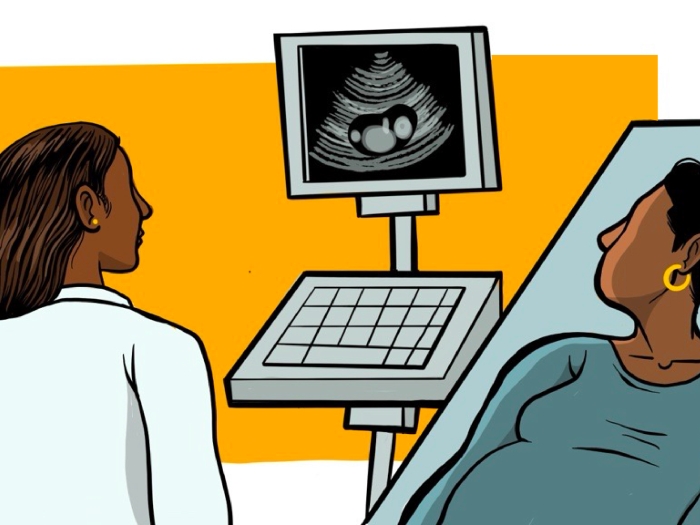
Health Lab
Multi-specialty team is studying a non-invasive method to measure underlying cervical tissue changes that precede birth with the hopes of predicting timing of birth.
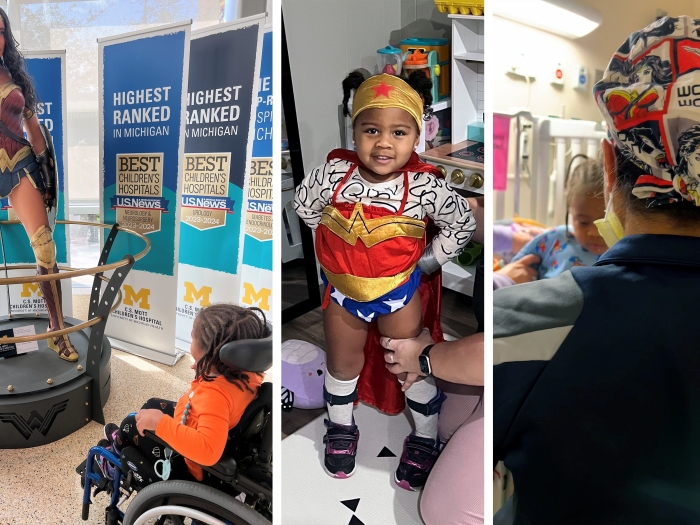
Health Lab
Three year old Wonder Woman fan thrives after customized minimally invasive selective dorsal rhizotomy to help symptoms of cerebral palsy and spastic diplegia
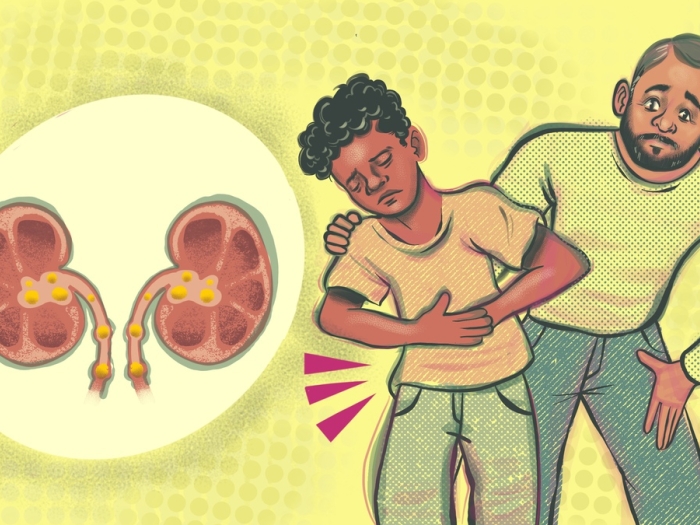
Health Lab
Cases of kidney stones in children are increasing, but parents can minimize the chances their kids develop them.
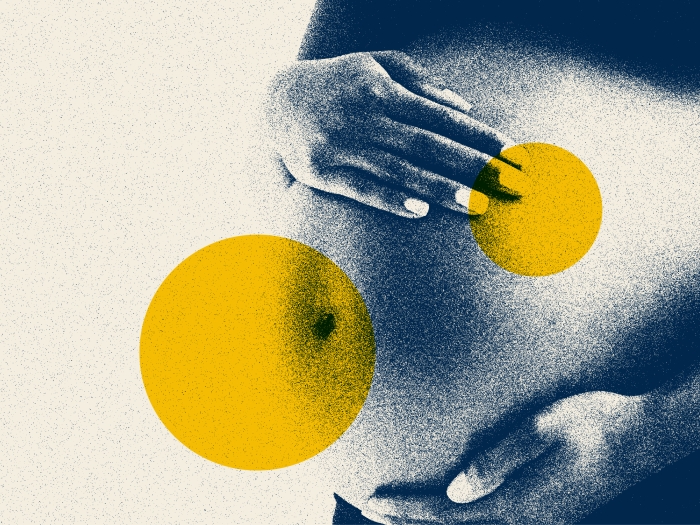
Health Lab
American hospitals vary greatly in what they offer to birthing parents when a stillbirth occurs during labor or delivery.
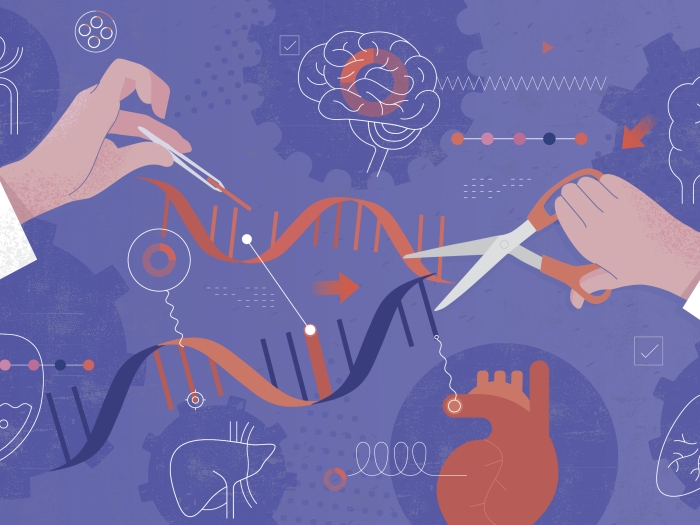
Health Lab
A study from the University of Michigan Medical School developed off-switches useful for improving the safety of the Type I-C/Cas3 gene editor.
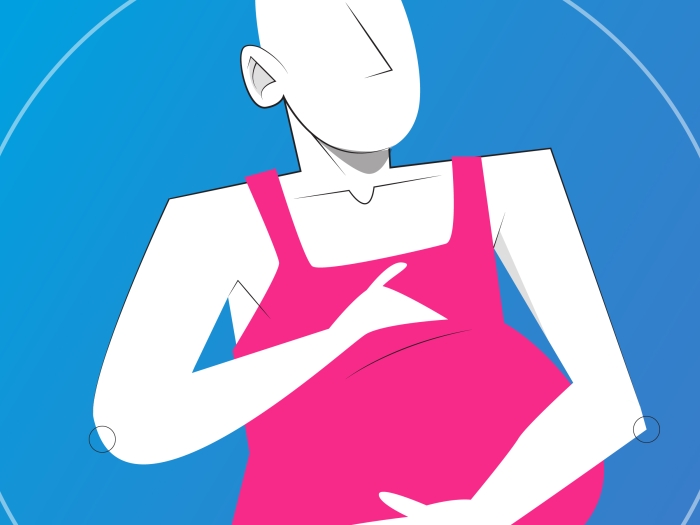
Health Lab
A Michigan Medicine-led study found that transgender individuals show similar rates of severe parental morbidity and preterm birth and lower rates of cesarean delivery when compared to cisgender people.